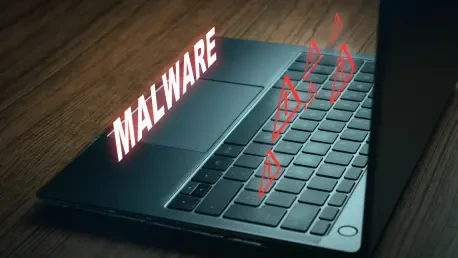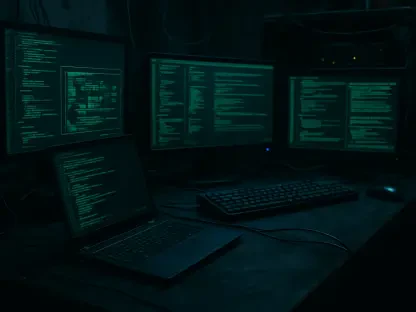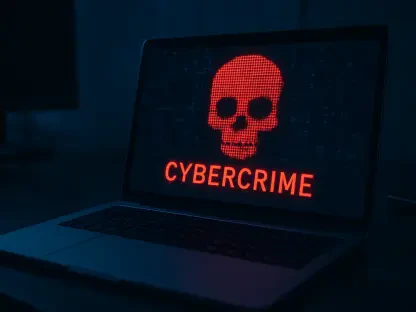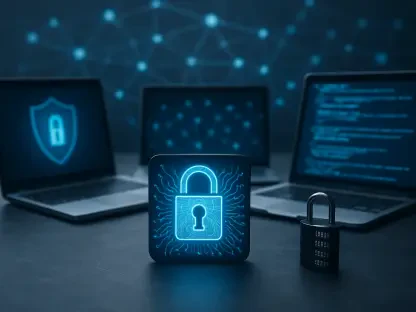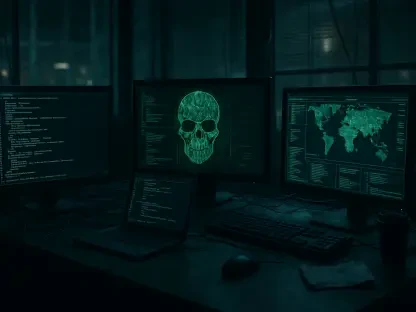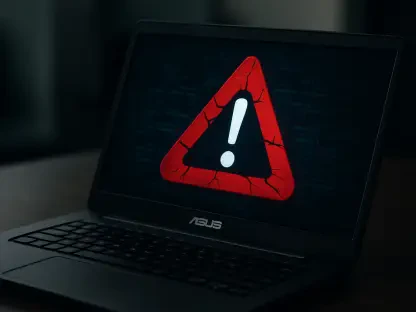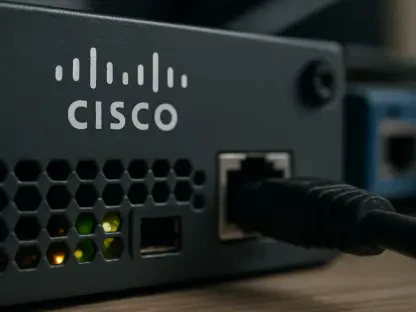In an unsettling turn of events, the Fog ransomware attack deployed a sophisticated combination of legitimate software tools to infiltrate a financial institution in Asia in May 2025. This highlighted a concerning evolution in cyberattack strategies. The attack leveraged benign employee monitoring software, Syteca, along with open-source penetration testing utilities like GC2, Adaptix, and Stowaway. The hackers demonstrated an exceptional capability to manipulate these conventional utilities, not typically associated with malicious intent, showcasing a method of compromise previously unseen. Their innovative use of tools like GC2, which can execute commands and exfiltrate data via platforms such as Google Drive, adds an alarming layer to the ransomware landscape.
Complex Tools and Techniques
The attackers displayed strategic intelligence by exploiting Syteca’s keylogging and screen capture features, using them for espionage and data theft. This unconventional method speaks volumes about the evolving nature of threats facing sectors globally. Stowaway was also cunningly applied to bolster their surveillance capabilities, further proving the attackers’ intention to mine sensitive data effectively. For lateral movement within the network, the attackers executed a range of sophisticated commands that included the removal of Syteca post-surveillance. They employed PsExec, SMBExec, Freefilesync, and MegaSync—tools that are typically used for legitimate purposes—to sustain their unsolicited presence and ensure a seamless data exfiltration pipeline.
Their approach indicates persistent and potentially espionage-oriented strategies, given the implementation of a persistent service within the network prior to the full deployment of ransomware. This layered attack structure showcases an intent to maintain a foothold under the guise of espionage, with ransomware possibly serving as a cover or secondary objective. Adaptix C2 Agent Beacon, akin to Cobalt Strike, gave them command-and-control capabilities, emphasizing intricate planning and execution procedures. Observing their operations, it becomes evident that such calculated attacks are not mere anomalies but part of a growing trend where attackers mask themselves under the legitimacy of common software tools.
Historical Context and Implications
Fog ransomware’s dark journey started in 2024, primarily targeting U.S. educational institutions. Infiltration methods have grown more sophisticated, employing compromised VPN credentials, exploiting Veeam servers’ vulnerabilities (CVE-2024-40711), and phishing. This recent shift to targeting a financial institution in Asia mirrors a broader trend of utilizing versatile and widely available software tools for nefarious purposes. The pattern aligns with previous incidents where advanced persistent threats (APTs), often linked to specific nation-states like China, have leveraged recognized backdoors and malware families for their operations.
The vast potential for legitimate tools to aid in complex cyber espionage activities represents a palpable shift in the threat landscape. Attackers are now focused on seamlessly melding espionage with ransomware, presenting multilayered threats to critical sectors worldwide. This complex integration of tools in the context of cyberattacks highlights the pressing need for organizations to reconsider their security postures and monitoring strategies to effectively identify and neutralize such threats before they evolve into system-wide breaches.
Looking Ahead
In a troubling development, the Fog ransomware attack utilized a sophisticated blend of legitimate software tools to compromise an Asian financial institution in May 2025, signifying a concerning shift in cyberattack methodologies. This innovative assault capitalized on Syteca, an employee monitoring software, paired with open-source penetration testing utilities like GC2, Adaptix, and Stowaway. The cybercriminals displayed an extraordinary ability to exploit these routine tools, which are generally not linked with malicious intent, unveiling a novel approach to system infiltration. Particularly alarming is their adept use of tools such as GC2, capable of executing commands and exfiltrating data using platforms like Google Drive, adding a new, threatening dimension to ransomware tactics. This attack illustrates a burgeoning trend where legitimate technological resources are subverted for harmful purposes, reshaping the landscape of cyber threats and defenses and demanding heightened vigilance in cybersecurity strategies moving forward.
